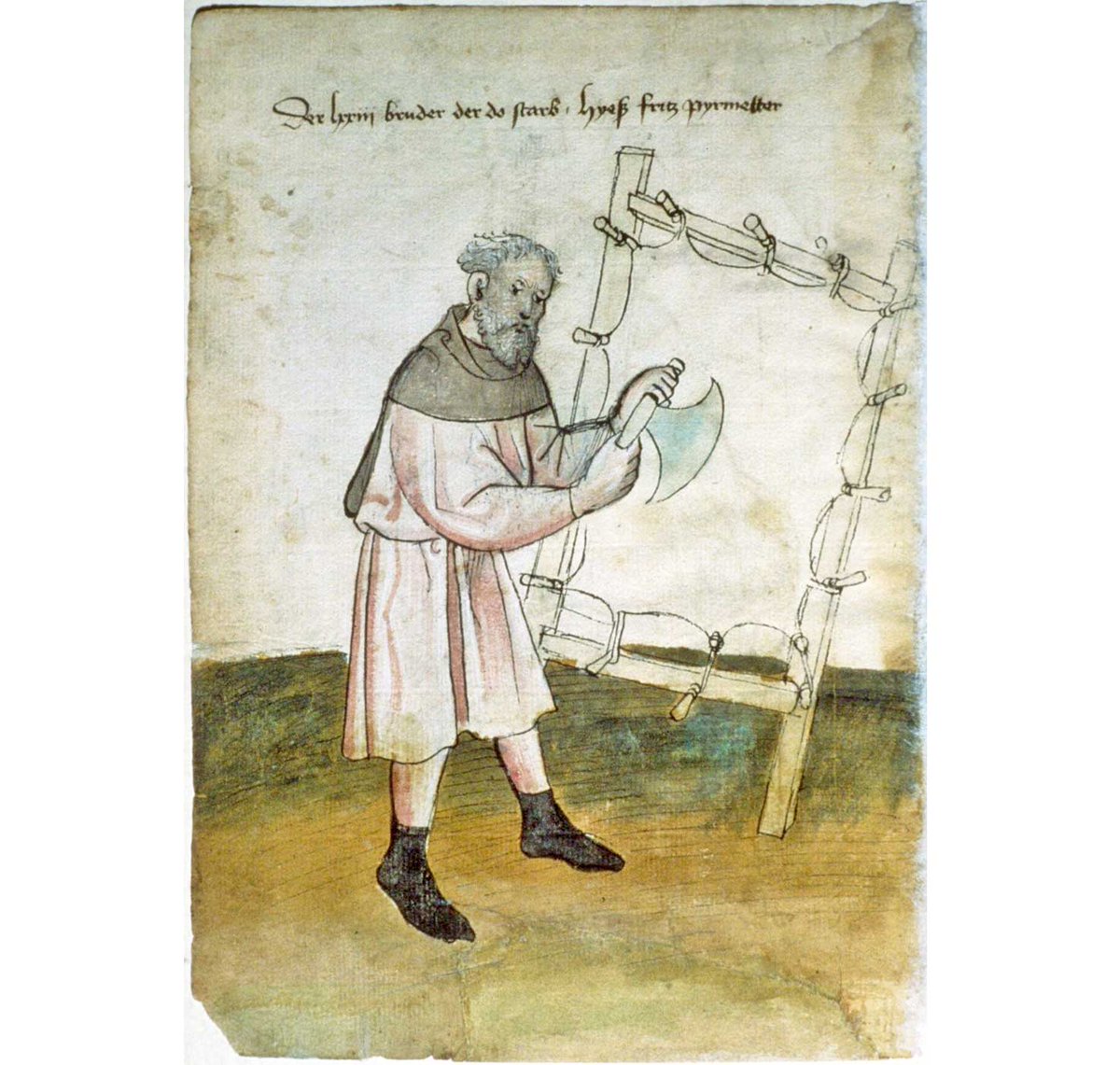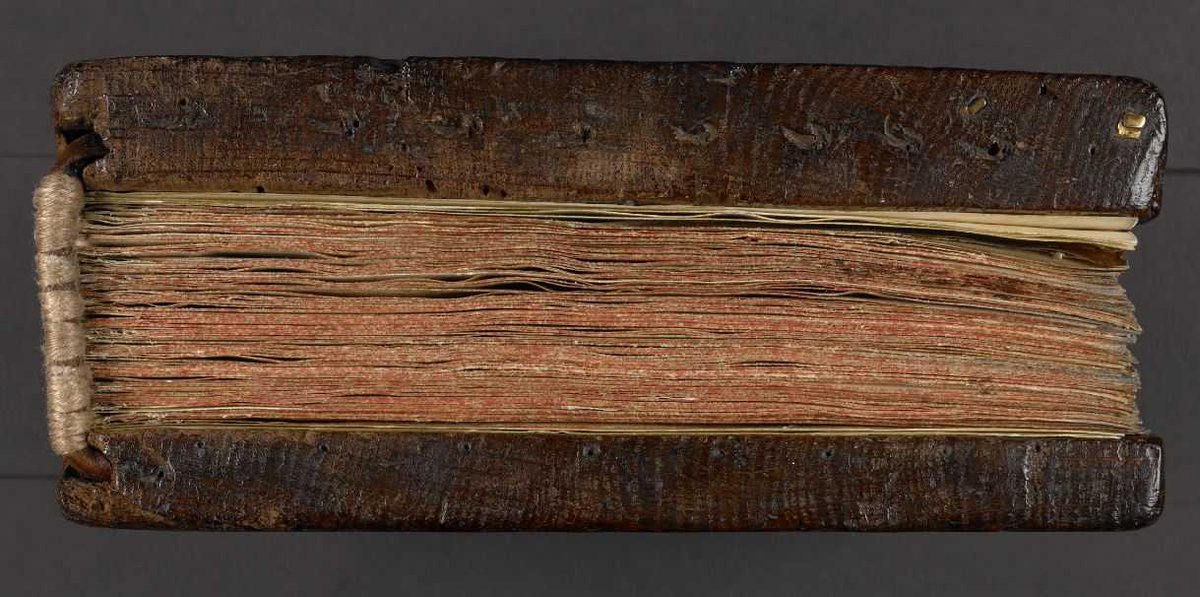
An exquisite Syriac miniature Gospel manuscript, just 64 x 50 mm, likely written in Aleppo in the late 17th century.
144 folios of microscopic Syriac script in brown ink. Some titles in Hebrew, and two Arabic inscriptions at the beginning and end of the manuscript. 1/
144 folios of microscopic Syriac script in brown ink. Some titles in Hebrew, and two Arabic inscriptions at the beginning and end of the manuscript. 1/

The ms also contains a series of intriguing diagrammatic designs & carpet pages. Made up of 5 squares across and 7 squares high, these grids have been outlined in red ink. Inside most of the corners of the individual squares are small golden circles with black outlines. 2/ 

This manuscript has been in Europe since the 18th century. On the front pastedown is the armorial bookplate of the Rev. Sir George Lee (1767-1827), 6th (and last) Baron Hartwell, Hartwell House, Buckinghamshire. 3/ 

This is the Arabic inscription at the beginning of the book. It states that the manuscript was bought by Archbishop Jibrail of Aleppo for 13 [currency unclear], and was endowed to the Church of Mari Elias. 5/ 

The size of this manuscript attests to its function as a personal devotional object - the owner would be able to hold the book comfortably within their hands. It would have appealed to a devout Christian who wanted to have their book with them throughout the day. 7/ 







• • •
Missing some Tweet in this thread? You can try to
force a refresh



















